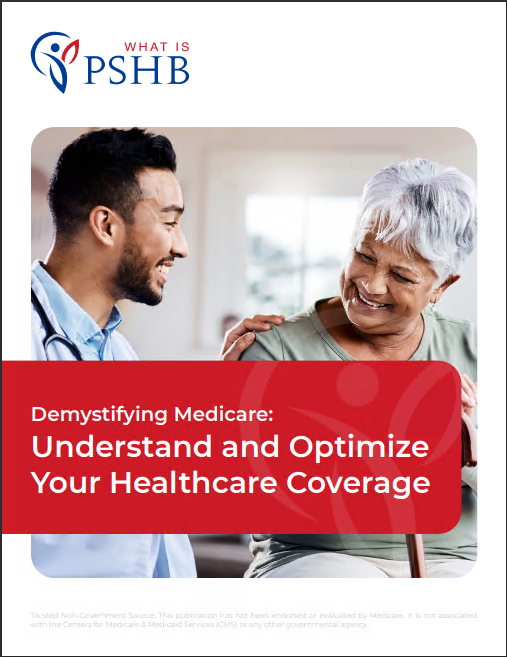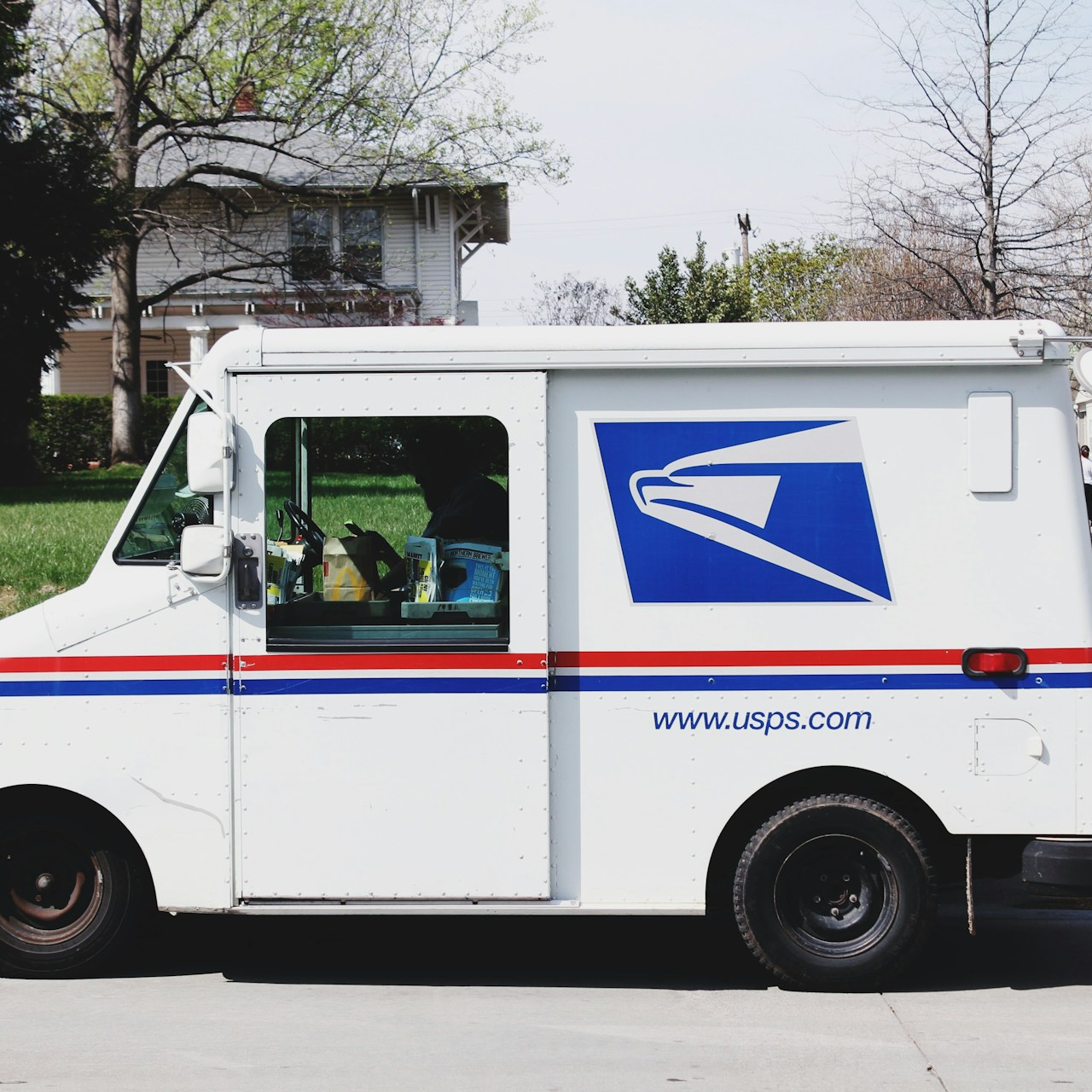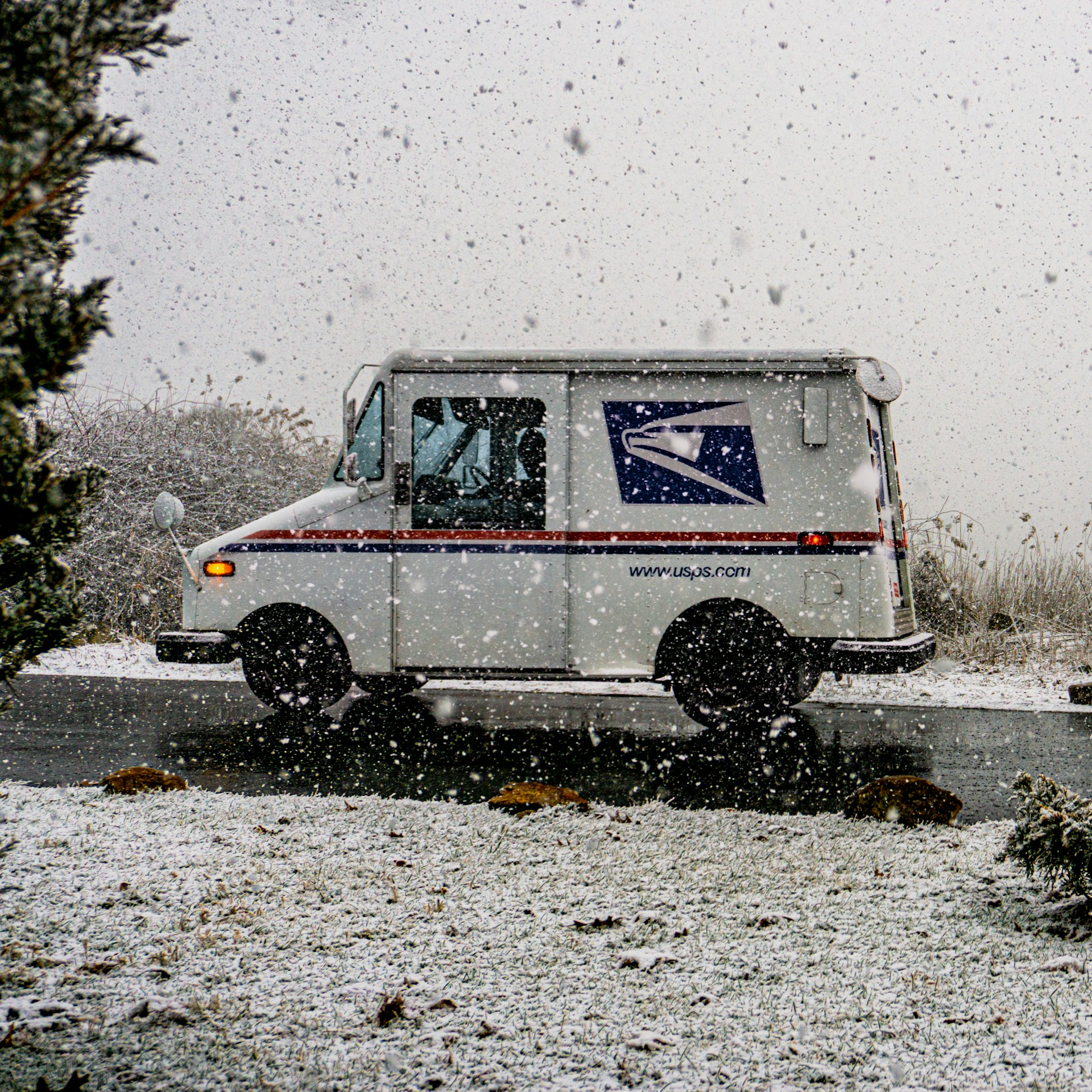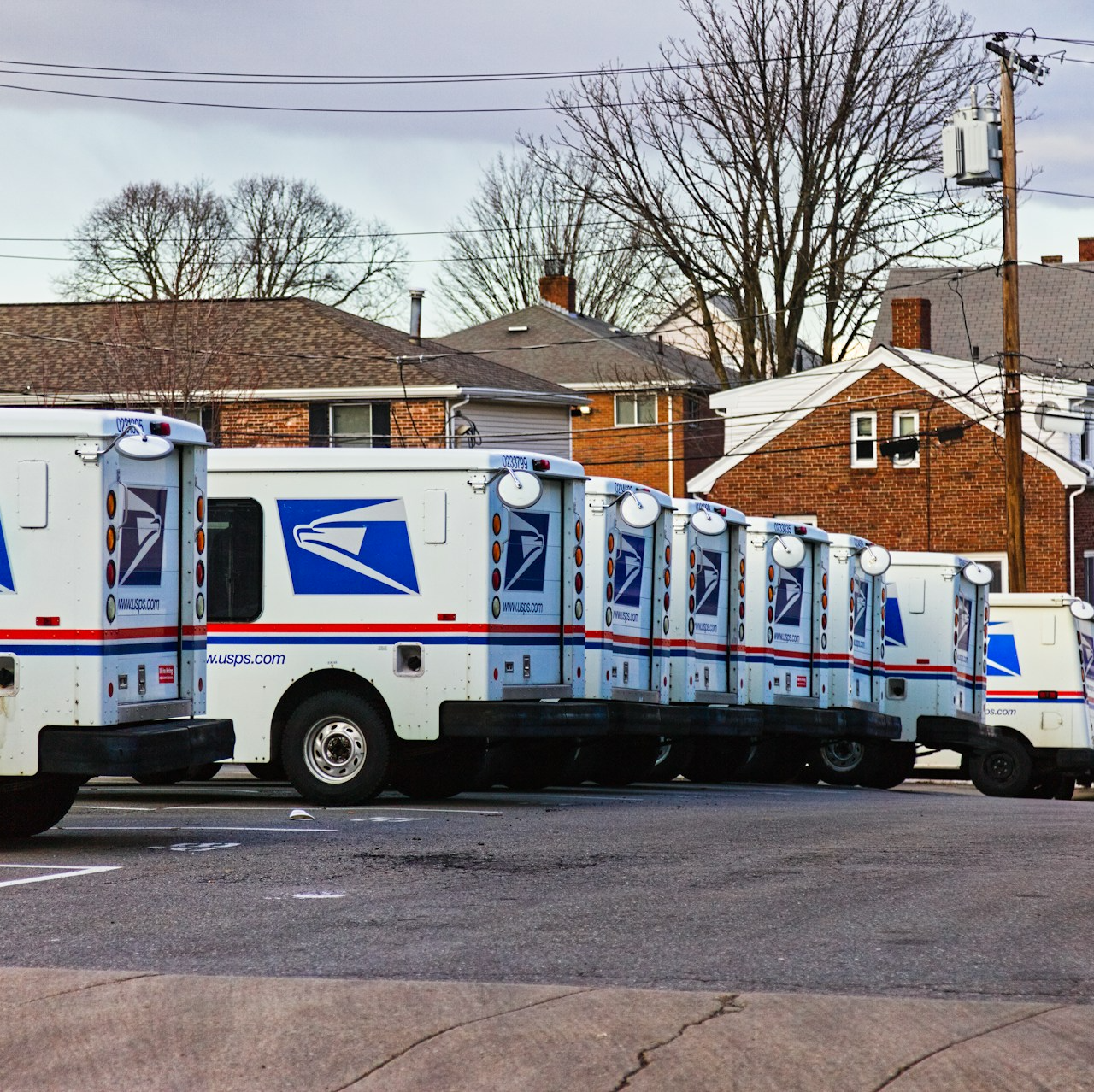Key Takeaways:
- Big changes are coming for USPS employees, with the transition from FEHB to PSHB set to take effect soon. It’s essential to understand how this shift impacts your health coverage.
- The Postal Service Health Benefits (PSHB) program’s first Open Season runs from November 11, 2024, to December 9, 2024, and will be critical for postal workers and retirees.
What Postal Workers Need to Know About the PSHB Transition
As a United States Postal Service (USPS) worker or retiree, you’ve likely heard about the upcoming transition from the Federal Employees Health Benefits (FEHB) Program to the new Postal Service Health Benefits (PSHB) Program. This change, scheduled to take effect on January 1, 2025, marks a significant shift in how postal workers will receive their health insurance.
If this is your first time hearing about the switch, or if you’re unsure how it impacts you, you’re not alone. This shift affects every active and retired postal worker currently covered under the FEHB program. Understanding the transition and what it means for you and your family is critical.
Why Is This Transition Happening?
The change from FEHB to PSHB is part of a larger effort to better align USPS employee benefits with the specific needs of postal workers and retirees. Congress passed the Postal Service Reform Act in 2022, which mandated the creation of the PSHB. This new health benefits program is designed to streamline USPS employee health plans while addressing some of the long-standing financial issues faced by the postal service.
One of the most notable differences between the FEHB and PSHB programs is that the latter will cater exclusively to USPS workers and retirees. By creating a program specific to postal workers, the government aims to ensure better coverage options that directly meet the needs of this workforce.
Key Dates You Should Remember
The transition officially takes place on January 1, 2025, but you’ll need to take action before then. The first PSHB Open Season will run from November 11, 2024, to December 9, 2024. During this window, you will have the opportunity to review and select your health coverage under the new PSHB system. Missing this period could result in you not having adequate health coverage, so it’s important to mark your calendar.
What Happens to Your FEHB Plan?
If you’re currently enrolled in the Federal Employees Health Benefits (FEHB) Program, you may be wondering what will happen to your existing coverage. By the end of 2024, your FEHB plan will no longer be available for USPS employees and retirees. However, there’s no need to panic. All active employees and retirees will be automatically transitioned to a comparable plan within the new PSHB system unless they choose a different option during Open Season.
It’s crucial to review your options carefully during this time. While automatic enrollment ensures you won’t be left without coverage, you might find that another plan offered under PSHB better suits your needs or those of your family.
What If You’re Retired or Close to Retirement?
For retirees or those approaching retirement, the transition might feel even more daunting. One major change is that the new PSHB program will require most postal retirees to enroll in Medicare Part B when they become eligible. This is a significant difference from the FEHB program, which allowed retirees more flexibility in whether or not they joined Medicare.
If you’re already retired and over 65, you will need to assess whether enrolling in Medicare Part B makes sense for you, as it will impact your overall health coverage and costs. Be sure to explore how this requirement affects your premiums, copays, and overall health coverage during the upcoming Open Season.
How Will the PSHB Affect Your Coverage?
At this point, many of you may be wondering if the PSHB plans will differ significantly from your current FEHB coverage. While the specifics of the PSHB plans have yet to be fully released, it’s expected that the level of coverage and costs will remain comparable to what you currently experience under the FEHB program. However, since these plans are tailored specifically for USPS employees and retirees, you may find new options or benefits that better suit your unique needs.
What Should You Do During Open Season?
The first PSHB Open Season is your opportunity to take control of your health coverage under this new system. To ensure a smooth transition, here are a few steps you should take:
-
Review Your Current Coverage: Before Open Season begins, take a close look at your existing health plan. Understanding your current benefits, premiums, and out-of-pocket costs will help you compare the new PSHB options effectively.
-
Compare PSHB Plans: Once the PSHB plan details are released, take the time to compare your current coverage with the new options. While you’ll be automatically transitioned to a similar plan, another PSHB plan might offer better coverage or lower costs.
-
Look Into Medicare Enrollment: If you’re 65 or older, or approaching Medicare eligibility, it’s important to understand how the new requirement to enroll in Medicare Part B affects you. Factor this into your decision-making process when selecting a plan.
-
Consider Your Family’s Needs: Your healthcare needs may have changed since you first enrolled in your current plan. Use this transition as an opportunity to reassess your family’s coverage requirements and select the best option for your current situation.
-
Don’t Miss the Deadline: Open Season only runs from November 11 to December 9, 2024. If you don’t make your selections during this time, you’ll be automatically enrolled, but it’s always better to actively choose a plan that meets your specific needs.
What Happens If You Do Nothing?
If you decide to do nothing during Open Season, rest assured that you’ll still have health coverage. You will be automatically transferred into a PSHB plan that closely matches your current FEHB plan. However, this might not be the best fit for everyone, so taking the time to evaluate your options is highly recommended.
Medicare Part B Enrollment for Retirees
As mentioned earlier, one of the key differences in the new PSHB system is the mandatory Medicare Part B enrollment for most retirees. This requirement is intended to reduce the overall cost burden on the USPS by leveraging Medicare for primary health coverage once you’re eligible.
Retirees who do not enroll in Medicare Part B could face higher out-of-pocket costs for their healthcare services. It’s important to weigh the cost of Medicare Part B premiums against the potential savings in reduced copays and out-of-pocket expenses.
Resources to Help You Navigate the Transition
Navigating the transition from FEHB to PSHB doesn’t have to be stressful. The USPS and the Office of Personnel Management (OPM) will provide a range of resources to help you understand your new options. These will likely include detailed plan comparisons, online tools, and customer service representatives to answer your questions.
Make sure to take advantage of these resources during Open Season to ensure that you’re making an informed decision. You may also want to consult with a benefits counselor to better understand how your choices impact your health coverage, particularly if you’re close to retirement or already retired.
Looking Ahead to 2025 and Beyond
While the transition from FEHB to PSHB represents a significant change, it also brings opportunities for improved health coverage tailored specifically to the needs of postal workers and retirees. By preparing now, staying informed, and making careful choices during Open Season, you can ensure a smooth transition and maintain the coverage that works best for you and your family.
This transition will have long-lasting effects on your healthcare, so be proactive. Don’t wait until the last minute to explore your options—be ready when Open Season begins on November 11, 2024.












